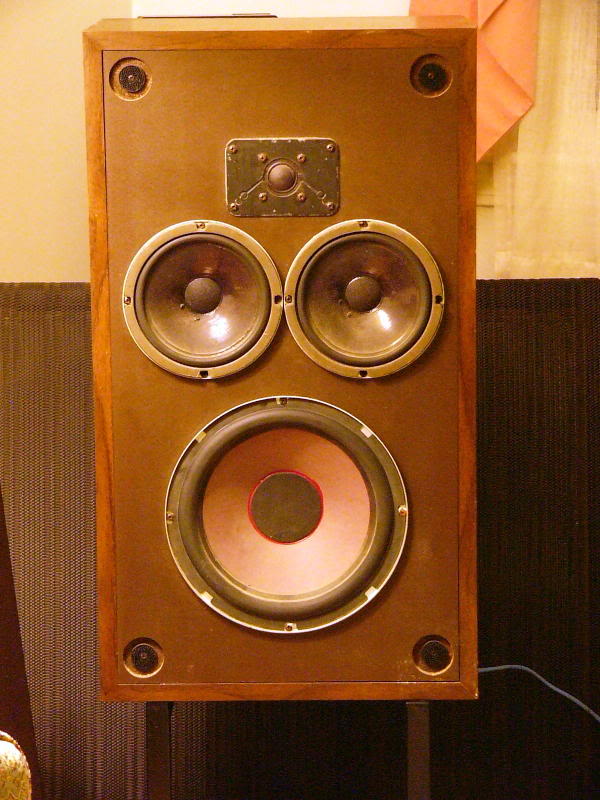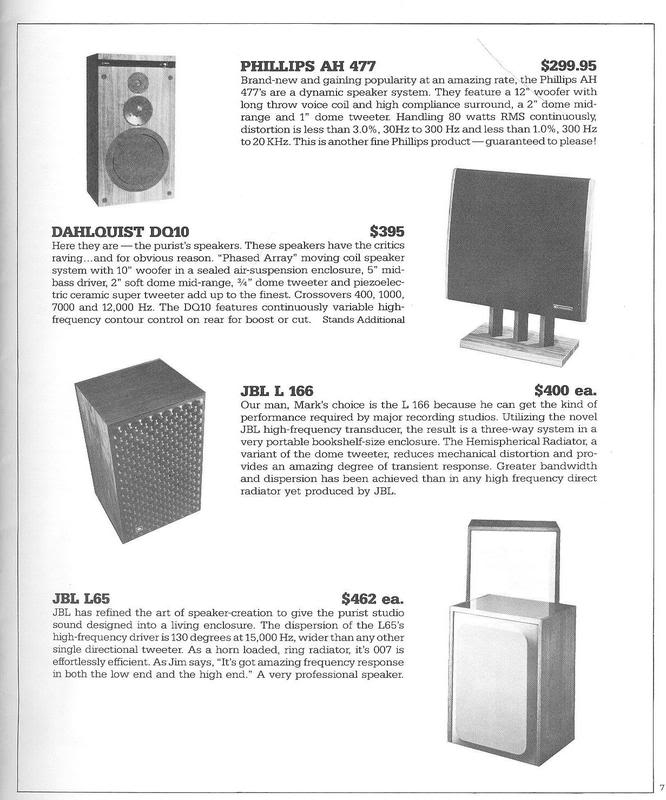Cannot say I had high expectations, but I thought the T15s would do better than Amir has found...
In case you missed, I shipped a Dayton C-Note ($100/pair DIY speaker) to Amir. So here is my initial measurement on them. This was done at 1m, gated and unsmoothed. Note they are being driven to REW's reference 75 level (pretty loud in a spare bedroom!)

Black trace is on-axis and red trace is 45 degree off-axis.
In case you missed, I shipped a Dayton C-Note ($100/pair DIY speaker) to Amir. So here is my initial measurement on them. This was done at 1m, gated and unsmoothed. Note they are being driven to REW's reference 75 level (pretty loud in a spare bedroom!)
Black trace is on-axis and red trace is 45 degree off-axis.
Last edited:


 P1020559
P1020559 GMmusicPolk10primosystem
GMmusicPolk10primosystem AH477etc
AH477etc